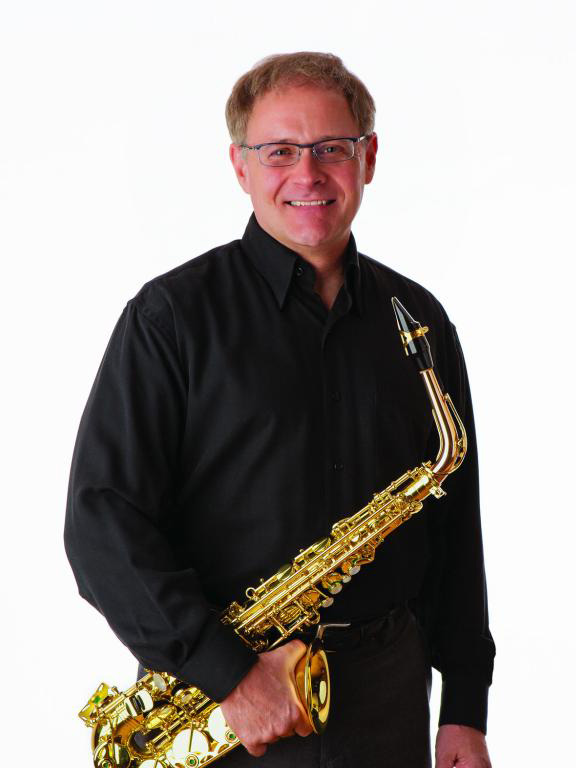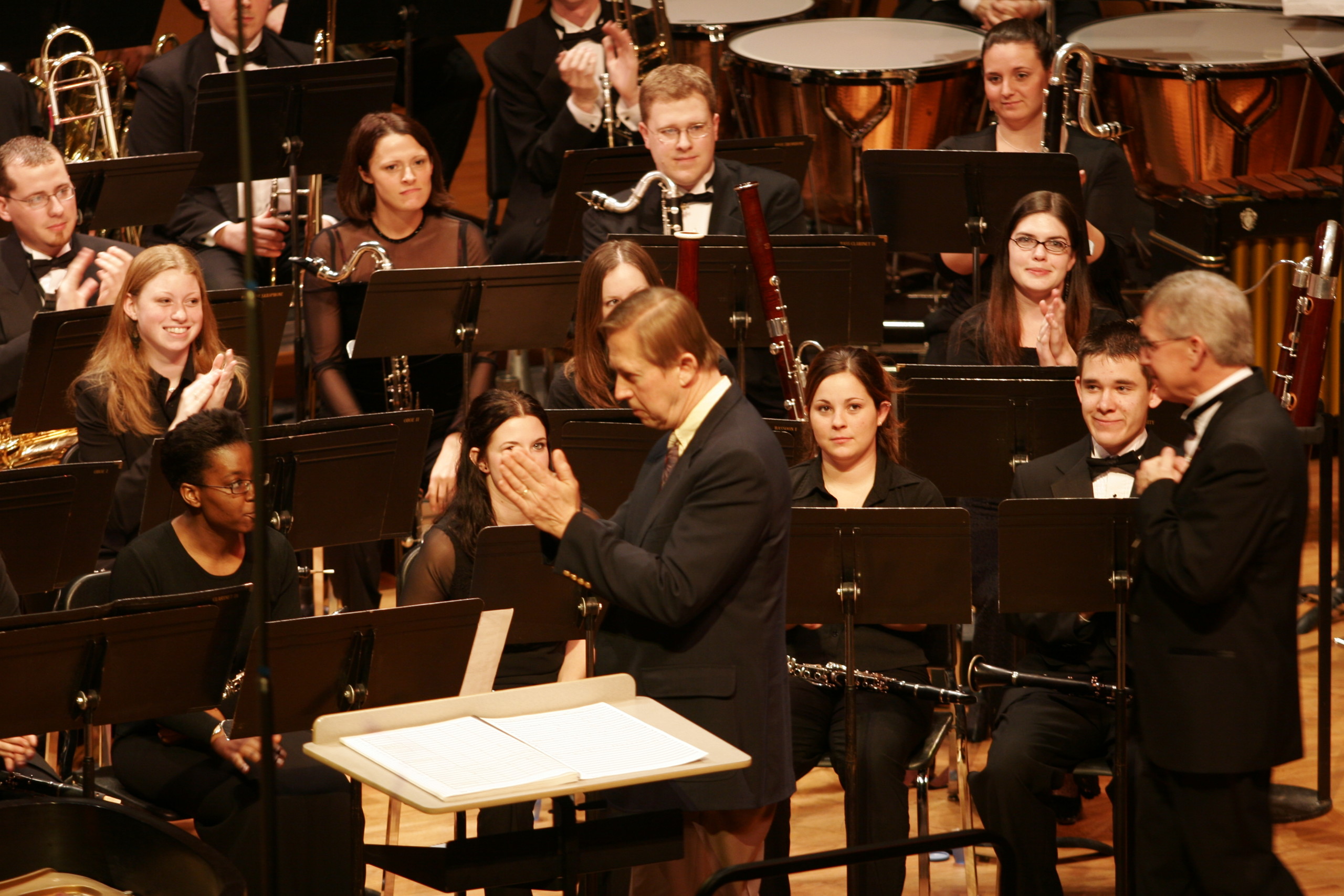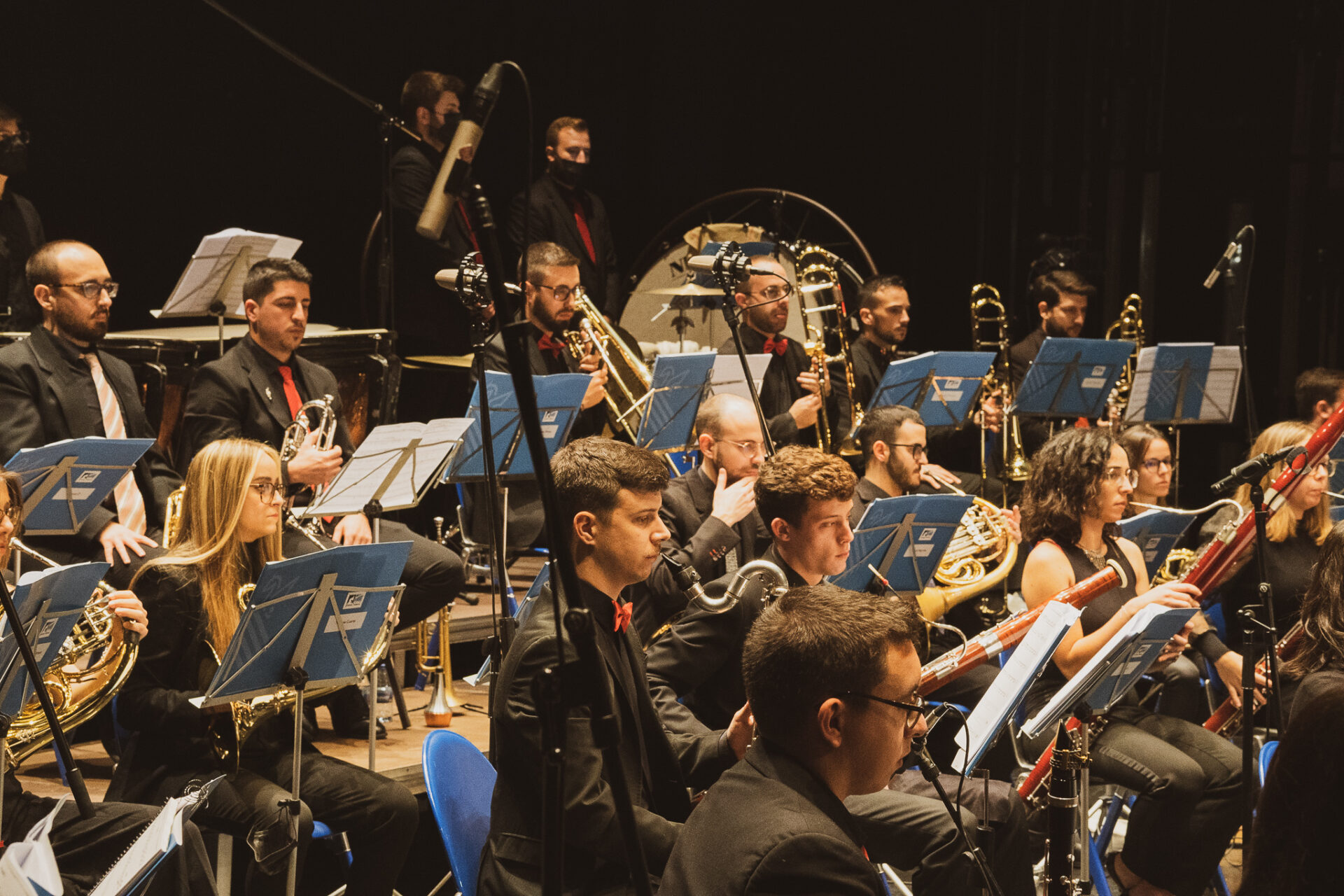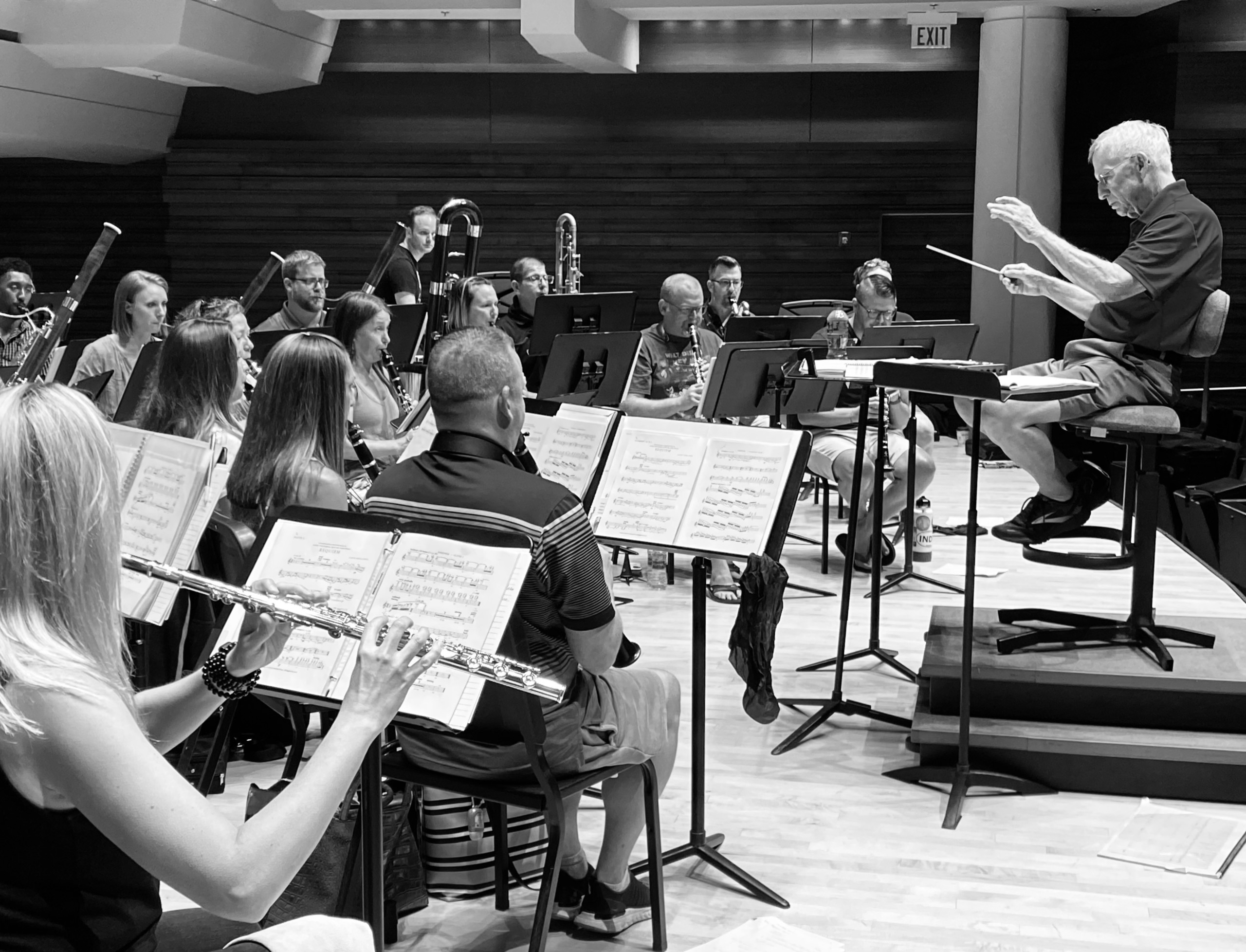Maslanka Weekly highlights excellent performances of David Maslanka’s music from around the web.
A lamentation or lament is defined as “the passionate expression of grief or sorrow.” Throughout the course of his career, David wrote plenty of music that fits this definition. One does not have to dig thoroughly through his music to find the character of lament – it is manifested in his symphonies, his chamber music, his concerti, and even in his Mass. This week, we feature three of David’s compositions that contain the feeling of lament: Concerto for Clarinet and Wind Ensemble, Hohner, and Symphony No. 3.
Concerto for Clarinet and Wind Ensemble – I. Lamentation
From David’s Program Note:
The Concerto for Clarinet and Wind Ensemble grows out of my life-long association with the clarinet. It was my beginning instrument over sixty years ago, and has stayed with me all through the years. I have written many pieces for it, and it is now a deeply personal voice through which my music speaks freely and passionately.
This concerto is full of deep feeling, but it does not have a personal story. The two movements, “Lamentation” and “Dance,” present the classic masks of tears and laughter. “Lamentation” is very interior and very beautiful – it breaks my heart. “Dance” unfolds in the old sonata form with clear melodies, a bubbling and sometimes urgent energy, and a final release into beautiful quiet.
Watch below as Christopher V. Mathakul leads Brian Schappals (Clarinet) and the University of Washington Wind Ensemble in a moving performance of “Lamentation.”
More info
- Brian Schappals
- Christopher V. Mathakul
- University of Washington School of Music
- Concerto for Clarinet and Wind Ensemble @ davidmaslanka.com
Hohner
From David’s Program Note:
Bob Hohner was one of my closest friends and musical companions. He was one of the very few people I know who didn’t want a recording of music that he was to perform. It was his joy to discover musical sound. It was his insistent and persistent effort with Arcadia II: Concerto for Marimba and Percussion Ensemble that rescued this “failed” piece from oblivion, and started a long collaboration between us. I wrote Montana Music: Three Dances for Percussion for him, and then In Lonely Fields for Percussion and Orchestra. He recorded Arcadia II, Montana Music, and Crown of Thorns, and we were started on yet another composing project when he died. That project was to have been a “Symphony for Percussion.” I had a flash vision of a stage full of percussion, a large percussion orchestra – sections of marimbas and vibraphones – and lots of players, and I heard them playing a full-scale symphony.
The project came to a halt with Bob’s death, but I decided for his memorial piece that I would write at least one movement of this work, using all of the percussion forces available at the time at Central Michigan University. It is offered in memory of Bob, whose dedicated life as performer, teacher and friend touched, and continues to touch, many thousands of people.
Watch below as Brian A. West leads the TCU Percussion Orchestra in a powerful performance of this work.
More info
- Brian A. West
- TCU Percussion
- Hohner @ davidmaslanka.com
Symphony No. 3 – IV. Lament
From David’s Program Note:
Symphony No. 3 was commissioned by the University of Connecticut Wind Ensemble, Gary Green, conductor. I was asked to write a “major” piece yet not necessarily one as big as this. It is hard to say why a given music emerges at a given time. In my composing life there have been “sign-post” pieces – large works that have erupted at fairly regular, though unpredictable, intervals. The impetus for this piece was in part my leaving university life a year ago and moving from New York City to the Rocky Mountains of western Montana. The mountains and the sky are a living presence. Animal and Indian spirits still echo strongly in this land, and these elements have found their way into my music…
…The fourth and fifth movements are both lamentations, though not particularly slow or “down” in spirit. It is hard to describe opposites existing in the same space and time. The music is joyous yet sorrowful, recognizing the complementary nature of life and death. These movements – indeed the entire Symphony – have grown out of my perceptions of natural forces, especially the strong currents of old life that exist here in Montana. The music is a lamentation for the loss of the old direct contact with the life of the Earth, yet a recognition that these value still exist and can be brought back into meaningful focus.
The fourth movement does not have an easily-labeled traditional form. The music moves through a series of song-like episodes, much as one might move through mountain meadows and across hills, natural vistas of great beauty appearing and dissolving as one goes. About two-thirds of the way through is the song of the “Golden Light.”
Watch below as Gary Green leads the University of Miami Frost Wind Ensemble in an exquisite rendering of this music.
More info
- Gary Green
- University of Miami Frost Wind Ensemble
- Symphony No. 3 @ davidmaslanka.com
We would love to hear from you! If you know of any outstanding performances of David Maslanka’s music on the web, please email us at maslankaweekly@maslanka.org.





